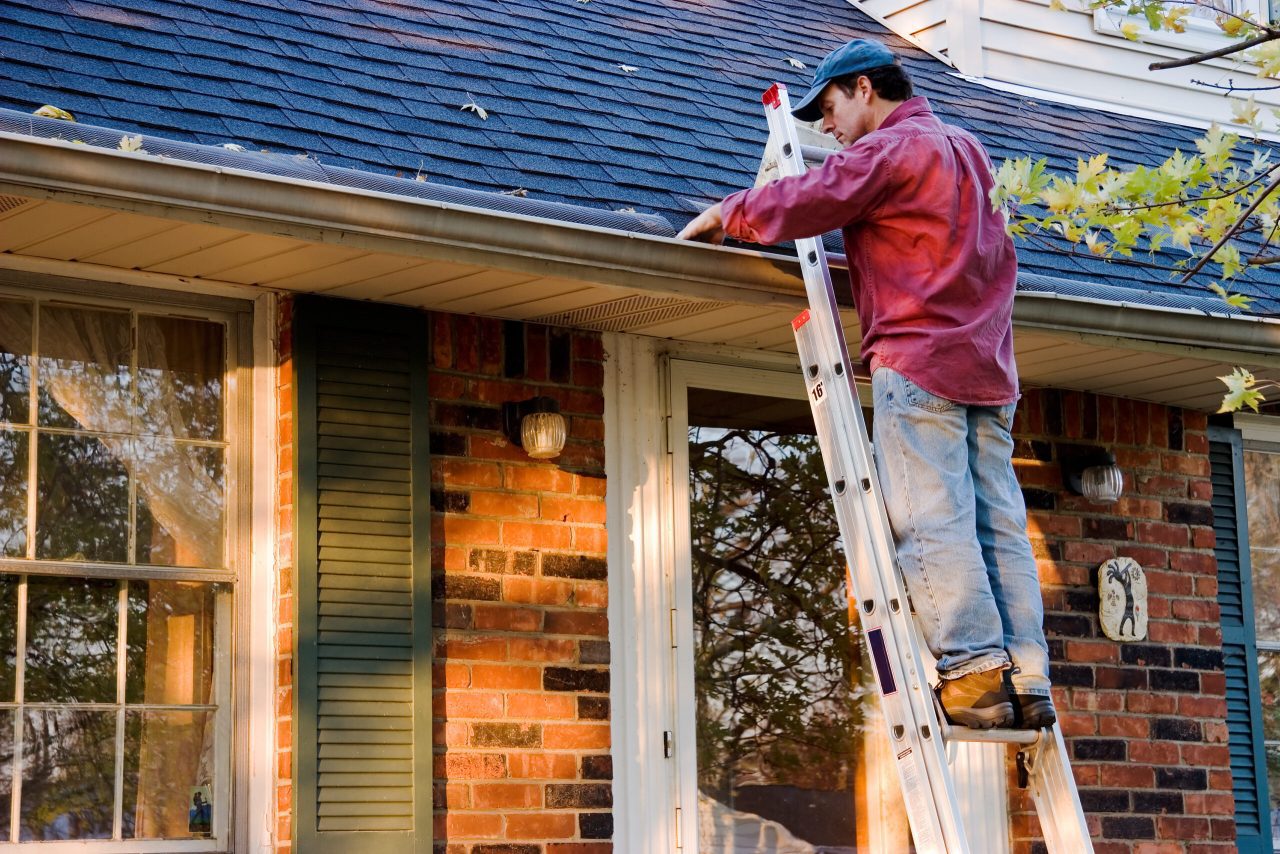Get Ahead of Winter Weather with Fall Maintenance

Get ahead of winter weather with fall maintenance
The most costly winter weather eventon record in the United States was the polar vortex that occurred in February 2021. This winter storm famously led to an overload of the utility grid in Texas, which left millions without power, caused $15 billion in damage and killed 246 people – many from hypothermia.
It does not take a brutal storm to cause a wintertime loss, though. The most common winter weather-related insurance claims include roof and siding damage, frozen pipes, damage from fallen trees or limbs and house fires. According to the Insurance Information Institute, wind and hail have consistently been the most frequent cause of winter claims, with house fires often being the most devastating.
Many winter residential fires can be traced back to heating – which remains the second overall cause of residential fires year-round. According to the United States Fire Administration (USFA), there were 34,200 heating fires in residential buildings from 2017 to 2019, with November through March each year seeing the highest number of these fires on average.
The USFA found the equipment involved in the ignition of these fires most often included heating stoves (19.7%); unspecified heating equipment (17.2%); heaters, including floor furnaces, wall heaters and baseboard heaters (15.1%); water heaters, including sink-mounted instant hot water heaters and waterbed heaters (12%); and furnaces (10.7%).
9 Winter Weather Maintenance Tips
Have your heating system checked annually by a professional, and replace your furnace filter regularly per the manufacturer’s instruction.
Insulate water pipes in areas that are not well-insulated or may otherwise be exposed to freezing temperatures.
Check your gutters so you can identify and repair any areas of damage or places the gutters are not well connected to your house. It is also important to regularly clear leaves and other debris from gutters and downspouts.
Give the caulking around doors and windows a good once over so areas of deterioration can be identified and repaired.
Keep your chimney clean and maintained – but hire a professional to ensure it is done safely and thorough.
Dust and lint buildup is inevitable around a dryer, but these materials can be flammable. Be sure to clean your dryer’s exhaust duct as well as the space under the dryer regularly to prevent debris from accumulating.
Are there any electrical outlets in your home that do not feel as secure as they should be? Do a walk-through of your home to check and repair any loose-fitting plugs or receptacles. You should also take care not to overload your outlets.
Keep a multi-purpose, fully-charged fire extinguisher in a place that is easily accessible and be sure everyone in your home knows how to use it.
You should have a smoke detector in each sleeping area, one in the hallway outside each sleeping area and at least one on each floor of your home. You should test them monthly and change the battery as needed, or at least once per year.
For more tips on how to prepare for winter weather, contact INSURICA today.



